
Emergent readers come to school excited and ready to learn. I just love figuring out what it takes to help these little ones learn to read. There is nothing better than seeing the transformation of emergent readers from alphabet knowledge to having a concept of word to beginning to read. It is pure magic, and in the k/1 grades, motivation is not an issue. Those little people want to be readers more than anything else. They watch you with intensity to do it like you do, and they love everything you offer them. Let’s talk about these ideas.
A Review of Reading Stages
Today is all about what works for emergent readers, and I’ll start by talking about the stages of reading development. You k/1 teachers probably will be shaking your heads. I hope it will be in agreement. If you know reading stages, just skip on over this part. However, it may be a great review or helpful for an upper elementary teacher who happens to have a reader at one of these stages.
Emergent Readers (K-1):
Emergent readers are learning to recognize the letters of the alphabet, the sounds, rhyme, sightwords, segmenting and blending sounds orally, and connecting spoken words to print (Concept of Word). Emergent readers love to pretend read using pictures and their writing moves from scribbles (at the beginning) to letter like symbols to beginning sounds to beginning and ending sounds.
Beginning Readers (Typically late Kindergarten-2nd)
Once students have developed a Concept of Word and have a few letter sounds, they’re ready to learn to read. At this stage, the goal is fluency. We work on decoding skills with phonics [(letter name stage for spelling (short vowels, blends, digraphs, and nasal sounds)] and on building a sight vocabulary in order to get the kiddos reading books with controlled vocabulary and decodable words. With writing, students are using invented spelling to writing in sentences. Students work toward conventional spelling, spacing between words, beginning capitalization and end punctuation.
Transitional Readers (Typically Grades 1-4)
Silence is golden with transitional readers because they are able to read silently at this stage and lose pointing at words. They know 200+ sightwords and are spelling at the Within Word stage (long vowel patterns and r controlled patterns). Kids at this stage are excited to tackle chapter books, but use caution and avoid pushing too fast. They are writing paragraphs primarily at this stage.
Even if you know all of these things, it’s a great reminder for us to analyze our kids’ strengths and weaknesses to keep them moving along and it also shows what a huge spectrum of learners we can have in one classroom. By this point in the year, you may have kids at each of these stages in kindergarten, so small group is not optional if you want the kids to rock and roll in the new year.
Managing literacy stations for Emergent Readers
Nikki has taught for 25 years in first grade, and recently got moved to 4th. She’s written a few posts on how she manages her guided reading groups, and {this post} about her literacy stations is great. She uses a rotation wheel like the image to the right for assigning stations.
Kids love working in stations, and they give much needed practice. Not long ago, she also shared a really cute idea on our collaborative blog, Virginia is for Teachers, showing how she used the fish tank in the classroom to build writing skills. This would work well for primary kids too.
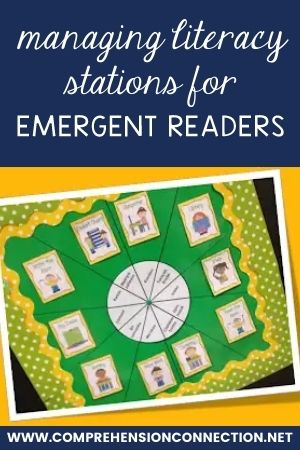
Nikki’s teaching tip for emergent readers:
“Put things away right away!! I find that I am so much more productive when my space is tidy and organized so I try hard to keep my rule of “Put it away right away.” Along those same lines, I train my students to do the same. When they find a math counter or a game piece and bring it to me, I don’t take it from them. I tell them to go put it away! This has really helped my afternoon clean up and prep for the next day go more smoothly!”
Emergent Readers Need High Expectations
Cathy from The WISE Owl Cathy and I met about a year ago, and blog together on Adventures in Literacy Land. She is an ILA board member and frequent presenter at the Virginia State Reading Association conference, and I love that she believes in the power of high expectations. If we just use our assessments as a guide to what we teach, we truly can move mountains. Emergent readers can rise to the expectations.
I love [this post] from Cathy’s blog about using the information from the Developmental Spelling Analysis or the PALS (Phonemic Awareness and Literacy Screening) to help form groups for emergent readers and know what to teach. She explains the process well. She says, “Small group can be the perfect place to practice these spelling patterns. Exposing emergent readers to quick word work and finding these features in their reading, can make the difference in the testing results…but most importantly, it makes the difference in your students reading and writing.” She shares the set to the right to help you with word work.
Writing with Emergent Readers
So we’ve talked about literacy stages, stations, and word study, but we haven’t addressed writing much. Lauren from Teacher Mom of 3 worked for 25 years as a reading specialist, literacy coach, and in curriculum with elementary and middle school. I love this post from Lauren’s blog on how Writing and Journals help Grows Dendrites! She says, “I love how Marcia Tate explains that teachers are gardeners; they are dendrite growers!
“…because every time students learn something new in their classrooms, they grow a new brain cell, called a dendrite.” (p.6)
Both writing in general and journal writing are brain compatible strategies that give the brain a real workout! Writing makes use of intrapersonal skills (from Multiple Intelligences) and is a visual and tactile experience. Because writing makes use of different modalities, it is a very active and sophisticated skill, which is why it is good for the brain!” Here are the big ideas from Lauren’s post.
- Writing should be cross-curricular. That is, writing should be integrated into all content areas, and it is easy to do! Writing about the content one is learning helps to “cement” it into long term memory. It is very easy to complete a quick journal entry as a way to check for understanding or to have students reflect on their learning. You can also do this with Quick Writes, which I will discuss next week!
- Journals allow teachers to focus students’ attention toward the content, monitor students’ understanding of the content, and allows students to freely express their ideas in a risk-free environment.
- Journal writing assists the brain in making meaning out of the new information it acquires.
- Journal writing can be done at any grade and content level. It increases retention and a positive transfer of information.
- When assigning writing, teachers should give many opportunities for authentic, real-world and cross-curricular purposes.
- Allow for choice (freewrites) as often as possible.
Free Resources for Emergent Readers
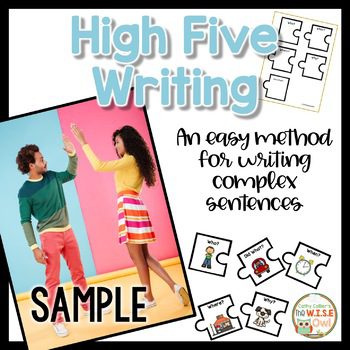
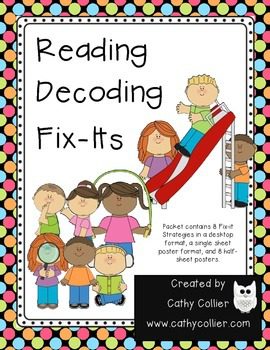
other posts for teachers of emergent readers:
- 8 EFFECTIVE WAYS TO DIFFERENTIATE POEM OF THE WEEK FOR EMERGENT READERS
- 6 EASY TO USE WAYS TO HELP EMERGENT READERS DEVELOP A CONCEPT OF WORD
- THE ULTIMATE GUIDE TO WORD STUDY FOR EMERGENT READERS
- HOW TO HELP STRUGGLING EMERGENT AND BEGINNING READERS
Teaching in the primary grades is a huge job. You are the one who sets a child’s course in life, and that’s an incredible responsibility. You are all heroes. Have a great day.
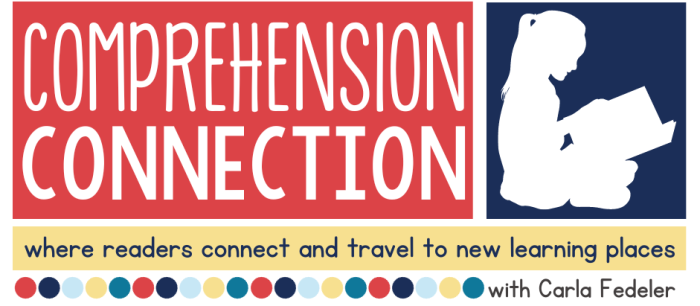






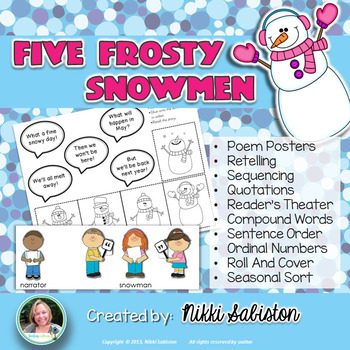


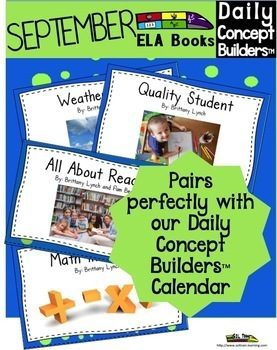
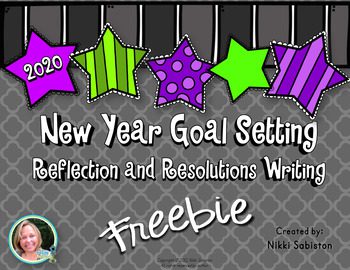
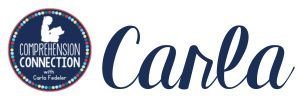


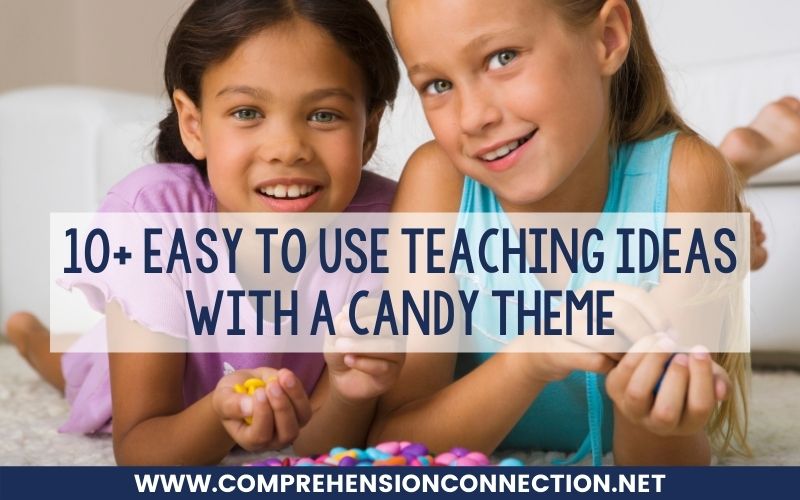
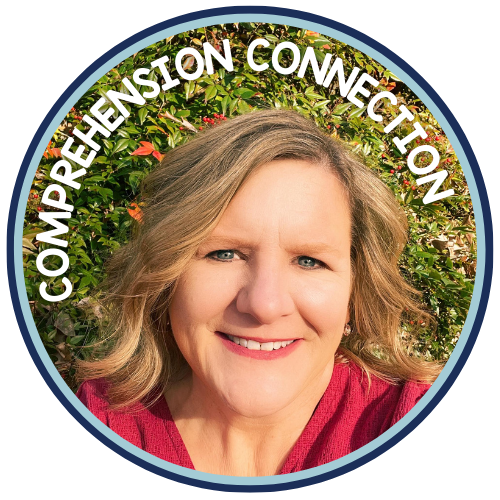
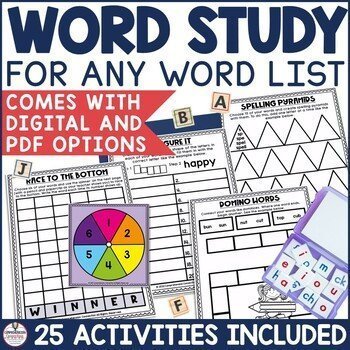
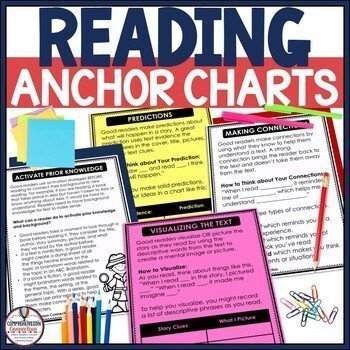
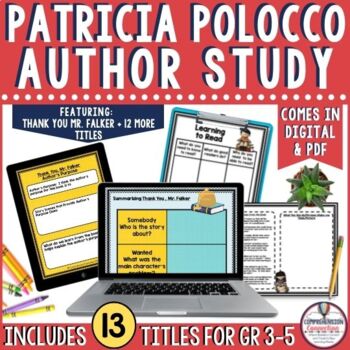
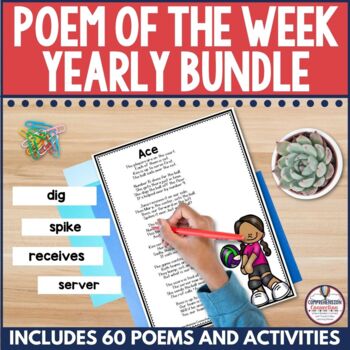

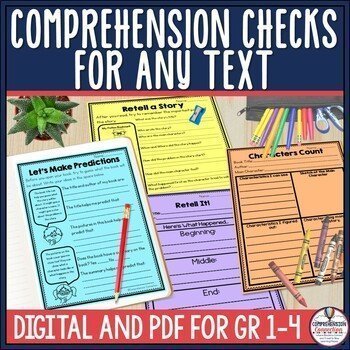
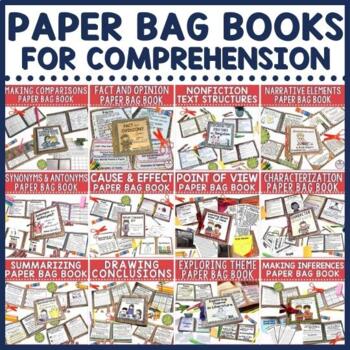
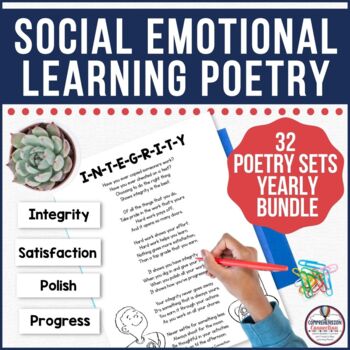

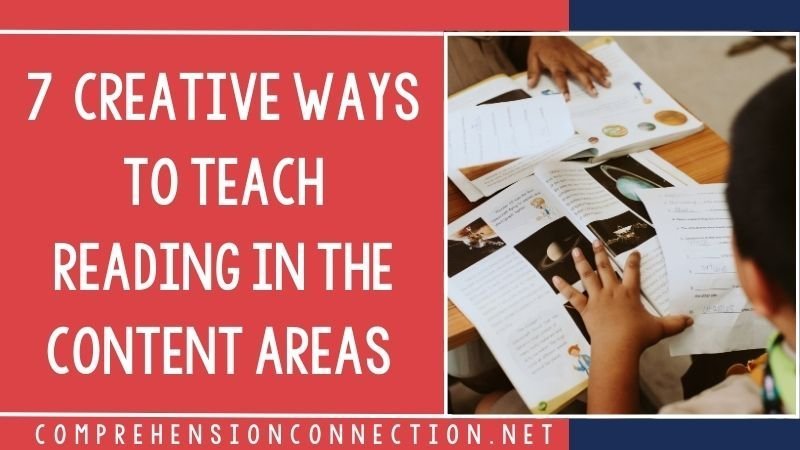




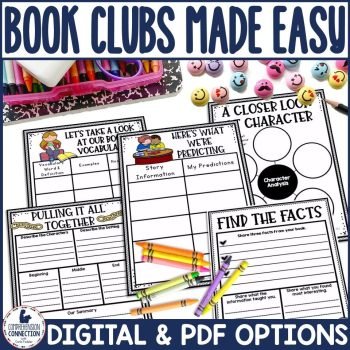

2 Responses
Thanks, Carla. I appreciate the shout-out. Happy to contribute some resources to this post.
So glad to share your great ideas, Cathy! Thanks for donating the set for making inferences.